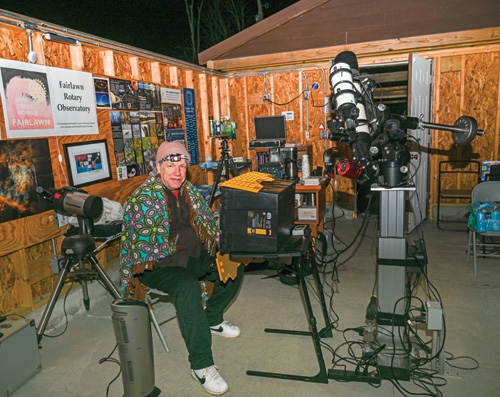Stargazers gather in Bath Nature Preserve to view lunar eclipse
The Summit County Astronomy Club set their telescopes to view the total lunar eclipse from the night of March 13 into the early morning of March 14 from the observatory at Bath Nature Preserve.
According to NASA, in a total lunar eclipse, the moon falls within the darkest part of Earth’s shadow, called the umbra, and then appears red-orange. Lunar eclipses are sometimes called “blood moons” because of this phenomenon.
NASA also states on its website that the reddish color of the moon is caused by the sun, which contains a variety of color components. Any sunlight that isn’t blocked by Earth during the eclipse is filtered through Earth’s atmosphere on its way to the moon, and it appears as if all the world’s sunrises and sunsets are projected on the lunar surface.
Photo caption: Jerry Krueger, member of the Summit County Astronomy club, helped host the viewing of the eclipse in the observatory in Bath Nature Preserve. Photos by B. Vijayaraman.
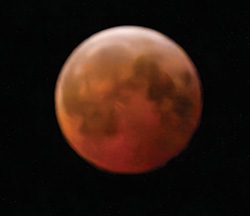
hours of March 14.
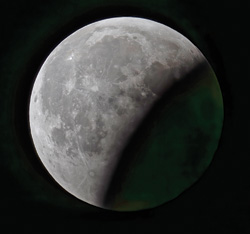
moon clearly before the eclipse began.
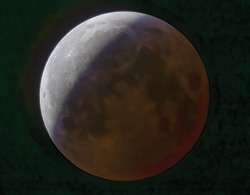
the lunar eclipse.
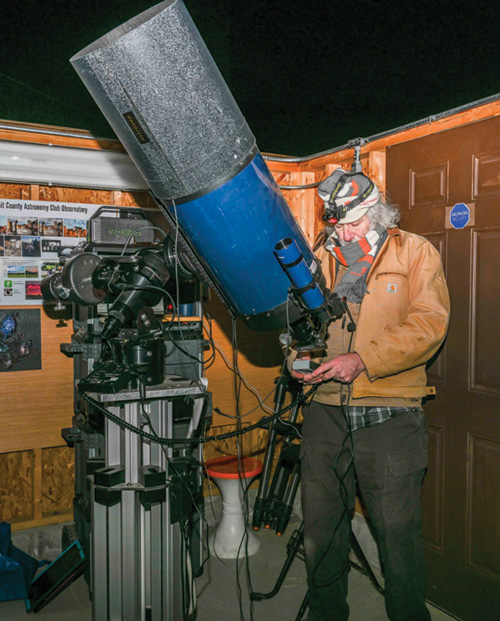
towards the moon.

